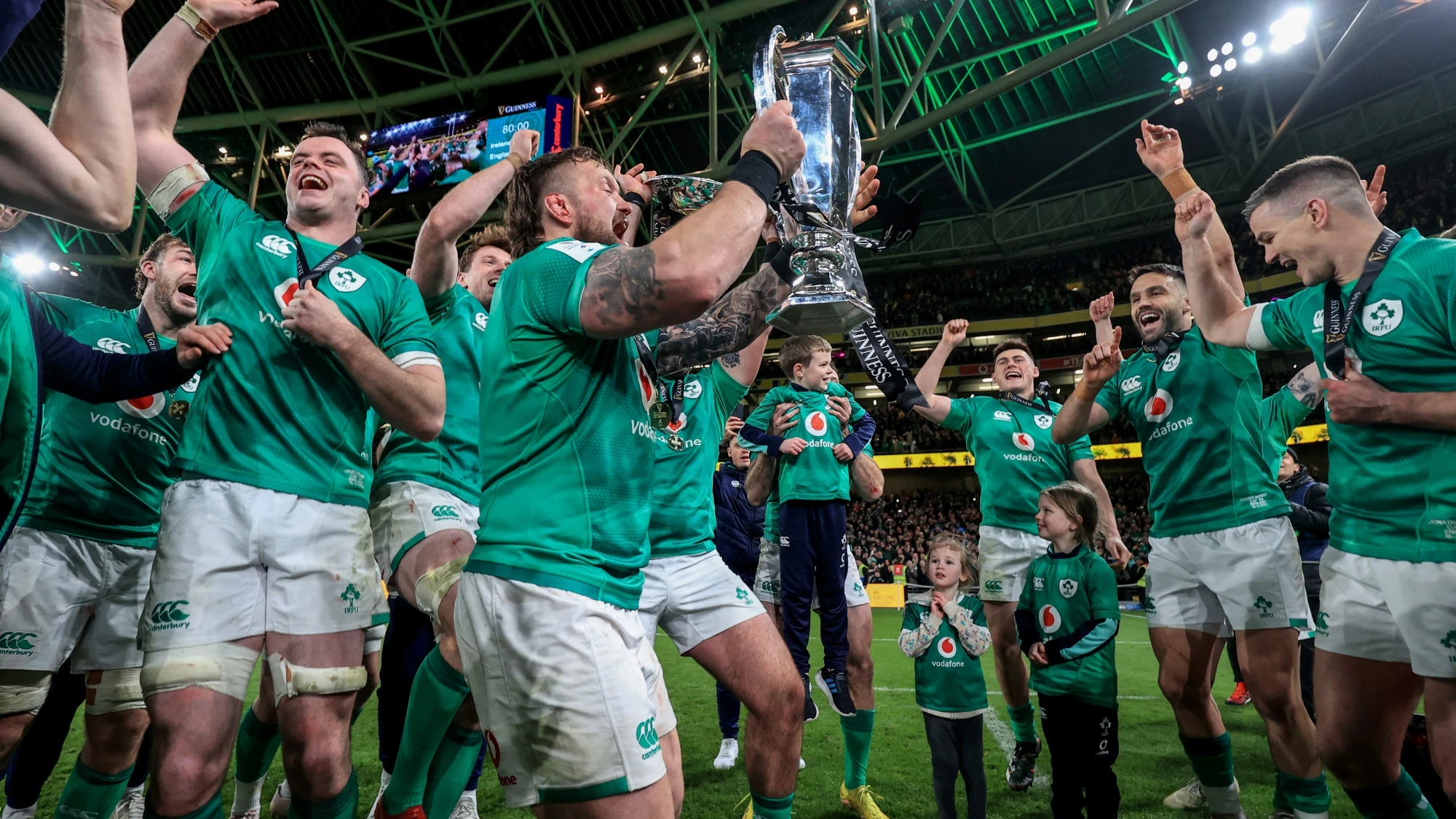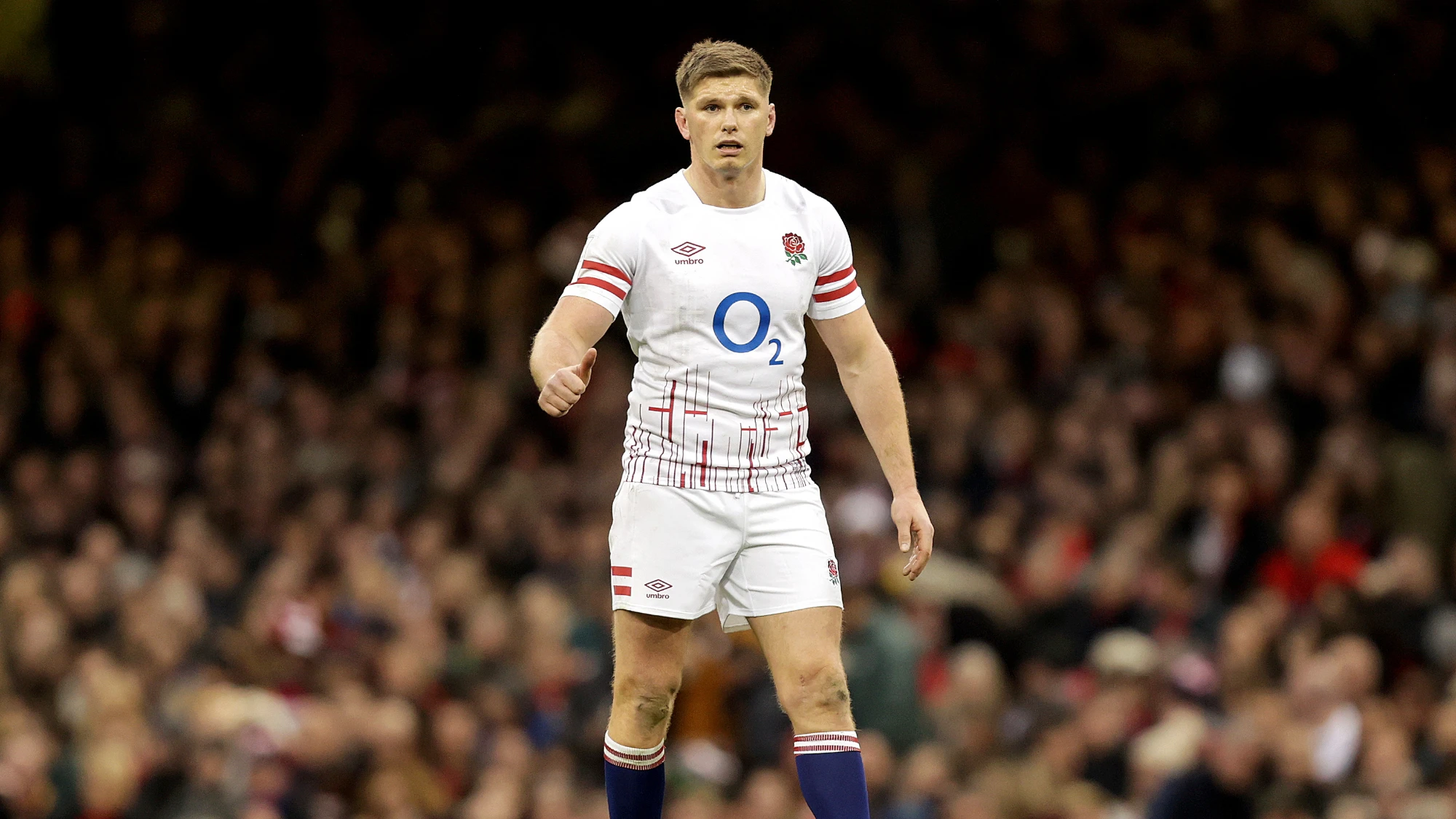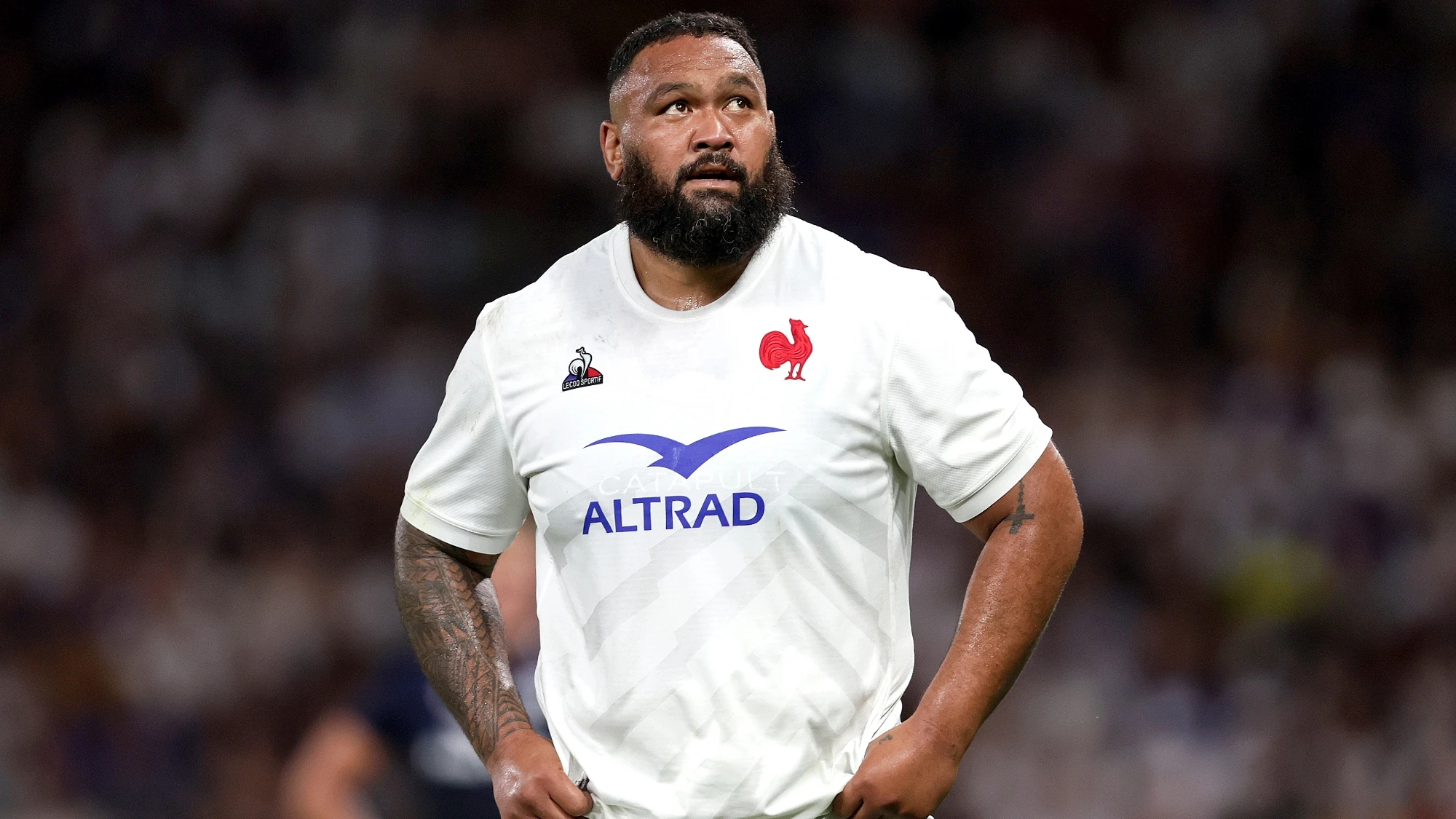Just in case you have not been paying attention to the festivities in Dublin this weekend, Ireland sealed Guinness Six Nations Grand Slam glory with victory over England on Saturday.
It was their first Grand Slam title since 2018 but their first title on home soil since 1985 and their first-ever clean sweep in Dublin – the only previous such victory at home came in Belfast in 1948.
It all began with a win over Wales in Cardiff in Round 1, their first in the Welsh capital in a decade, before victory over France in Dublin in a Guinness Six Nations classic cemented their world number one status.
Italy and Scotland were both conquered in Rome and Edinburgh respectively and their win over England on Super Saturday saw them lift the Grand Slam title and the Triple Crown in front of a raucous Aviva Stadium crowd, on a special St. Patrick’s Day weekend.
But in one of the most competitive Championships in recent memory, what put Ireland ahead of the rest?
World class back row
Ireland had one not so secret weapon in the back row in 2022 World Rugby Player of the Year Josh van der Flier, but this Championship, it was very much a team effort in the back row, with Peter O’Mahony, Caelan Doris and Jack Conan all having vital parts to play.
All four players are so staggeringly different, making them such a potent back row, something that has become a huge strength of Andy Farrell’s side.
Van der Flier was a handy ball carrier, making 205 metres across the Championship, scoring a try and assisting one too, but it was in defence where he really earned his corn, making 67 tackles throughout, putting him joint third overall.
O’Mahony was also destructive defensively, but in a different way, making fewer tackles (34) but having the highest percentage of dominant tackles (15%) of the four, while he was a highly utilised lineout option, winning 15.
Van der Flier and O’Mahony were also an unlikely, yet crucial, combination at lineout time at BT Murrayfield when the former had to throw into the lineout because of injuries, with the latter his go-to target at the front.
Then there is Doris, who is just such a good ball-carrier, making 275 metres (55 per match), while his try set the tone for the Championship in the second minute against Wales and nobody had more than his five turnovers.
Conan too was so effective off the bench as arguably the most balanced of the four players, scoring a crucial try against Scotland, assisting Dan Sheehan with a quality offload against England, winning two turnovers and finishing with a 96% tackle success rate.
There are some excellent back rows in the Guinness Six Nations, but perhaps none more so than Ireland’s and they played a huge part in the success.
Belief
To quote Ted Lasso, Ireland came into this Championship with belief, something that may sound trivial, but saw them always look comfortable even when facing tough moments.
After reaching world number one with an historic Test series victory over New Zealand, they then won all three Autumn Nations Series Tests, defeating world champions South Africa in Dublin.
That meant they came into the Championship with a target on their backs, but it also meant they knew how to win, even against the best.
Most people saw their clash with France in Dublin in Round 2 as pivotal, especially once Farrell’s men had conquered Cardiff, but having lost just four of their past 50 matches at the Aviva Stadium, there was little doubt they would come through.
Damian Penaud’s wonder try could have instilled some doubts, after all France are the most recent side to win there (in 2021), while England fronted up in a high-pressure game having also won there (in 2019).
But Ireland came through those games with relative ease in the end, winning by 13 points in both, and their belief in themselves is only getting stronger.
Playing for Sexton
One of the big talking points at the start of the Championship was that this would be Johnny Sexton’s last.
Many people already put two and two together and saw Sexton sealing the Grand Slam in Ireland to finally give Karl Mullen some company in that accolade and the players bought into that too.
From the emotional renditions of Ireland’s Call in Dublin to the obvious relief when getting over the line in all five matches, this was a team playing for more than just the badge but playing for their talismanic leader.
Sexton achieved legendary status (if he did not already have it) by overtaking Ronan O’Gara as the Championship’s record points scorer, before doing something no Ireland captain has done in 75 years and celebrating a Grand Slam in Ireland.
Players may not admit it, but it played a part in their success as the stars aligned for Sexton.
A back three full of wow factor
Ireland’s back three this Championship was quite simply world class.
Hugo Keenan, James Lowe and Mack Hansen have become an undroppable trio in the backfield that Farrell can rely on come what may, but they have also become more than that.
All three players had their moments of individual quality, whether that be Lowe’s outrageous try against France in Round 2, Hansen’s incredible finish against Scotland in Round 4, or Keenan’s quality try against Les Bleus, they have all become world class finishers.
That additional wow factor adds so much to Ireland’s game, finishing off difficult chances and bringing in a touches of quality in tight games to put them on the right side of the scoreline.
Lowe and Hansen both scored three tries, while Keenan scored two, and Lowe and Keenan were the top two for metres made across the Championship, showing just how much attacking flair they bring to the game, but in terms of mistakes, there were so few.
Between the three of them across five matches, there were only four knock-ons, an incredible statistic considering how many high balls they dealt with.
Depth
Although Ireland managed to win all their matches by double figure margins, this was by no means a straightforward Championship for them or for Farrell.
The injuries started before it had even begun, with Tadhg Furlong and Robbie Henshaw ruled out, while Sexton himself was touch and go for Cardiff.
Then Jamison Gibson-Park had to withdraw just minutes before that game kicked off, seeing Conor Murray suddenly starting and Craig Casey on the bench.
They kept on coming too, with Dan Sheehan missing the France game with a hamstring complaint before a head injury to Rob Herring came just 25 minutes into the game, then Tadhg Beirne went down and Sexton had to go off early too.
Then it was Finlay Bealham’s turn against Italy, suffering a nasty knee ligament injury in Rome, before Ireland took to BT Murrayfield, where Iain Henderson broke his arm, Garry Ringrose suffered a head injury, Doris went off early with a hip complaint and both Sheehan and Ronan Kelleher went off with shoulder injuries – resulting in Cian Healy packing down at hooker and Van der Flier throwing in at lineouts.
Against England, Keenan went off at half-time, taking their total number of injuries to 14 for the Championship, yet they still won each of their matches by decent margins.
Andy Farrell has built a side that has genuine depth, but not just that, he has also built a highly adaptable team as shown in Edinburgh, something that bodes very well for Ireland’s next quest – the Rugby World Cup.



